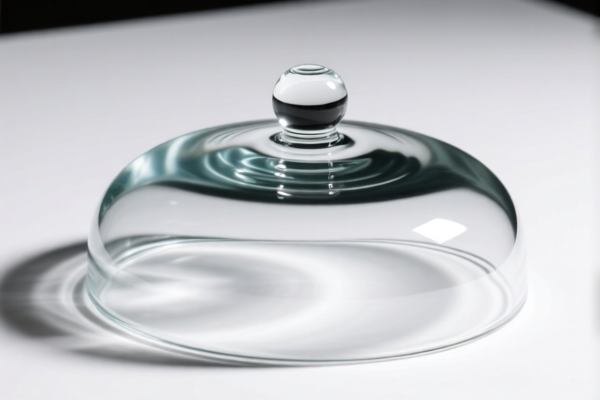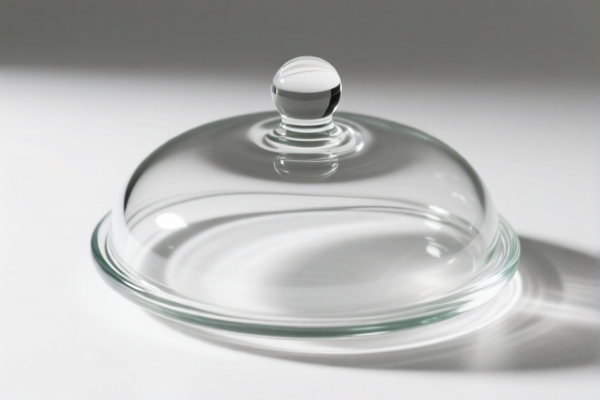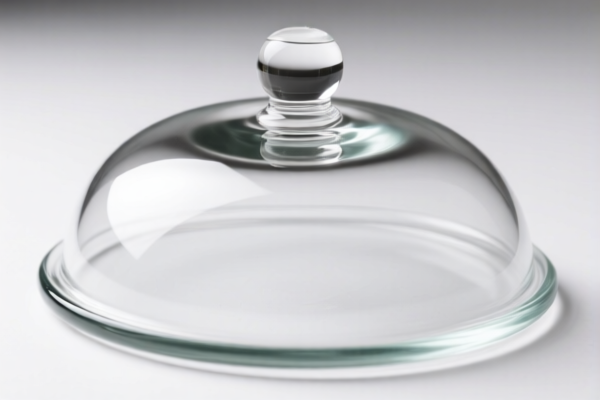| HS Code | Official Doc | Tariff Rate | Origin | Destination | Effective Date |
|---|---|---|---|---|---|
| 7020006000 | Doc | 60.0% | CN | US | 2025-05-12 |
| 7020003000 | Doc | 55.0% | CN | US | 2025-05-12 |
| 7006001000 | Doc | 63.8% | CN | US | 2025-05-12 |
| 7006004050 | Doc | 59.9% | CN | US | 2025-05-12 |
| 9617006000 | Doc | 37.2% | CN | US | 2025-05-12 |
| 7010905005 | Doc | 55.0% | CN | US | 2025-05-12 |
| 7010905055 | Doc | 55.0% | CN | US | 2025-05-12 |




Glass Cover
A glass cover is a protective barrier constructed from glass, designed to shield underlying components or surfaces from damage, contamination, or environmental factors. These covers are utilized across a broad spectrum of applications, varying significantly in their composition, thickness, and specialized features.
Material
While the term implies glass, the specific type of glass used is highly dependent on the intended application. Common glass types include:
- Soda-Lime Glass: The most common and least expensive type, suitable for general-purpose protection where high strength isn't critical.
- Borosilicate Glass: Offers superior thermal shock resistance, making it ideal for applications involving rapid temperature changes (e.g., cookware lids, scientific equipment).
- Tempered Glass: Undergoes a heat treatment process to increase its strength and resistance to breakage. When broken, it shatters into small, relatively harmless pieces. Frequently used in safety applications and smartphone screens.
- Chemically Strengthened Glass: Undergoes an ion-exchange process to increase surface compression, resulting in higher strength and scratch resistance. Commonly found in smartphone screens and high-end displays.
- Fused Silica (Quartz Glass): Offers exceptional thermal stability, optical clarity, and resistance to chemical corrosion. Used in specialized applications like laboratory equipment and high-intensity lighting.
- Acrylic or Polycarbonate: While not technically glass, these plastics are often used as glass substitutes due to their impact resistance and lower cost.
Purpose
The primary purpose of a glass cover is protection. Specific protective functions include:
- Physical Protection: Guarding against impacts, scratches, and abrasion.
- Environmental Protection: Shielding from dust, moisture, and other contaminants.
- Containment: Preventing leakage or escape of materials.
- Visibility: Allowing visual access to the protected component while maintaining a barrier.
- Thermal Insulation: Reducing heat loss or gain.
Function
Glass covers function by:
- Distributing Force: Spreading impact forces across a wider area to minimize localized stress.
- Creating a Barrier: Preventing direct contact between the protected surface and external elements.
- Maintaining a Sealed Environment: Preventing ingress of contaminants.
- Providing Optical Clarity: Allowing light transmission for viewing or illumination.
Usage Scenarios
Glass covers are employed in a diverse range of applications:
- Electronics: Smartphone screens, tablet displays, laptop lids, touchscreens, instrument panels.
- Lighting: Light fixtures, lampshades, spotlights, LED covers.
- Cookware: Pot and pan lids, baking dishes.
- Laboratory Equipment: Beakers, flasks, test tubes, microscope slides.
- Automotive: Headlights, taillights, windshields (often laminated glass).
- Architecture: Skylights, windows, glass doors.
- Furniture: Table tops, display cases.
- Industrial Applications: Pressure gauges, thermometers, reactor vessels.
Common Types
- Screen Protectors: Thin films applied to smartphone and tablet screens to prevent scratches and cracks. Typically made from tempered glass or plastic.
- Pot Lids: Glass covers for cookware, often with vented knobs or steam release features.
- Light Covers: Protective covers for light fixtures, providing a barrier against dust and debris.
- Display Cases: Glass enclosures used to showcase valuable items, protecting them from damage and theft.
- Laminated Glass: Constructed from multiple layers of glass bonded together with an interlayer, providing enhanced safety and security. Used in windshields and architectural applications.
- Tempered Glass Lids: Used in pressure cookers and other high-pressure applications.
- Quartz Glass Windows: Used in high-temperature or chemically corrosive environments.
Based on the provided information, determining the precise HS code for “glass cover” requires further clarification of its specific characteristics and application. However, the following HS codes may be relevant:
-
7020006000: This code covers “Other articles of glass: Other”. This is a broad category and could potentially include glass covers not specifically defined elsewhere. The tax rate details are: Basic tariff: 5.0%, Additional tariff: 25.0%, and after April 2, 2025, the additional tariff increases to 30.0%. The total tax rate is 60.0%.
-
7006001000: This code covers “Glass of heading 7003, 7004 or 7005, bent, edge-worked, engraved, drilled, enameled or otherwise worked, but not framed or fitted with other materials: Strips not over 15.2 cm in width, measuring over 2 mm in thickness, and having all longitudinal edges ground or otherwise smoothed or processed”. If the glass cover is a strip meeting these specifications, this code may apply. The tax rate details are: Basic tariff: 8.8%, Additional tariff: 25.0%, and after April 2, 2025, the additional tariff increases to 30.0%. The total tax rate is 63.8%.
-
7006004050: This code covers “Glass of heading 7003, 7004 or 7005, bent, edge-worked, engraved, drilled, enameled or otherwise worked, but not framed or fitted with other materials: Other: Other Other”. This is a general “other” category within this heading and could be applicable if the glass cover doesn’t fall into more specific classifications. The tax rate details are: Basic tariff: 4.9%, Additional tariff: 25.0%, and after April 2, 2025, the additional tariff increases to 30.0%. The total tax rate is 59.9%.
Important Considerations:
The classification of glass products is highly dependent on their specific characteristics and intended use. To ensure accurate classification, it is crucial to determine whether the glass cover is bent, edge-worked, engraved, drilled, or enameled. If the glass cover is part of a larger assembly, the classification of the entire assembly may be relevant.
According to the provided reference material, the HS code options related to 'glass cover' are limited, with only the following 3 found.
Customer Reviews
No reviews yet.